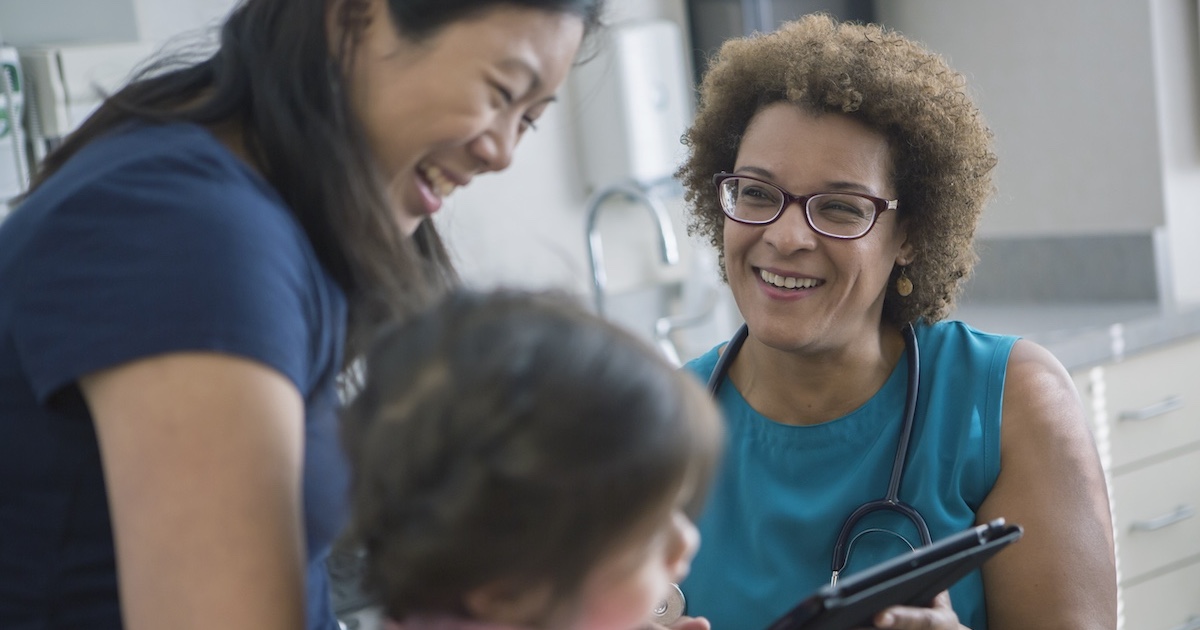 At the Veteran Affairs House Committee's hearing on using wireless technologies to improve healthcare in rural communities, AirStrip Technologies CEO Cameron Powell's testimony included a preview of the remote monitoring company's forthcoming product launch:
At the Veteran Affairs House Committee's hearing on using wireless technologies to improve healthcare in rural communities, AirStrip Technologies CEO Cameron Powell's testimony included a preview of the remote monitoring company's forthcoming product launch:
"AirStrip is also about to go to market with its next product line, AirStrip Critical Care and Cardiology," Powell stated in his testimony. "These solutions will provide physicians with real time remote access to critical waveforms, patient vitals, decision support information and a tremendous amount of other patient data that will help physicians better care for their patients and make more informed decisions when they are temporarily away from the hospital. These additional AirStrip products are currently pending FDA clearance."
Perhaps even more interesting was Powell's mention of a forthcoming mobile application development platform that AirStrip is developing:
"Finally, AirStrip Technologies has developed a completely reusable and fully scaleable software development platform called AppPoint that can cut software development timelines by 80 percent and cost by 60 percent," Powell stated. "AirStrip and soon AirStrip partners will use this platform to rapidly develop and bring to market an additional compelling suite of mobile applications that will allow healthcare providers to securely use mobile devices and cellular / wireless networks to provide real time remote patient monitoring service in virtually any environment."
Powell kicked off his written testimony with a thoughtful list of reasons why remote patient monitoring (by healthcare professionals) is important. Here are a few reasons, according to Powell:
1. Doctors and nurses are mobile and the need for them to monitor more patients at different locations is growing
2. There is an increasing shortage of healthcare providers relative to the increasing number of patients that need to be monitored either in the hospital, clinic or at home
3. This shortage leads to a communication gap between caregivers
4. The number one cause of patient injury in a hospital is communication errors between caregivers about a patients’ condition
5. There is now an expectation for real time, anywhere access to critical data
6. The healthcare community needs to improve patient safety, reduce risk and improve communication as federal regulation continues to drive technologies that improve outcomes
7. Remote patient monitoring of real time data via mobile devices can close the communication gap, lead to better outcomes, improve patient safety and make the overall delivery of quality healthcare more affordable and more efficient.
Read Powell's entire testimony from the hearing here.


